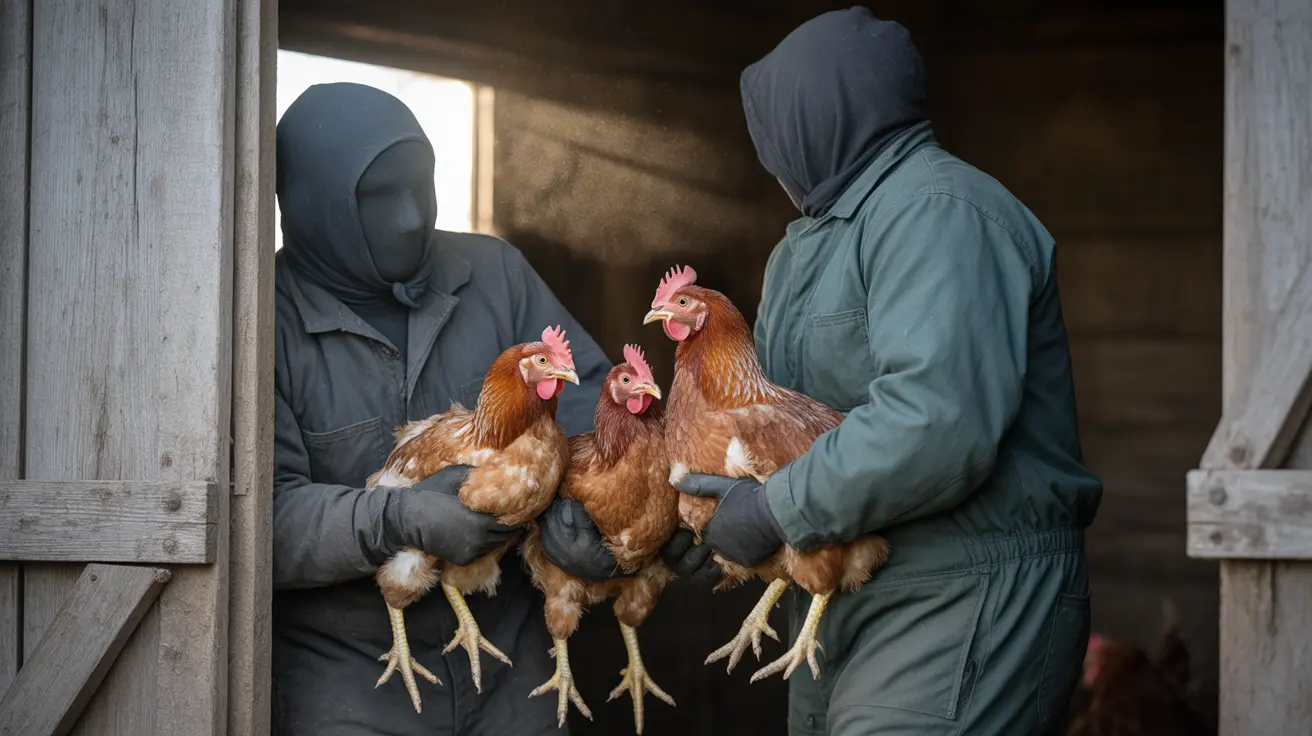How Cold Is Too Cold for a Dog Overnight?
As temperatures drop, dog owners often wonder if it's safe for their furry companions to remain outside overnight. Understanding how cold dogs can safely tolerate is crucial for ensuring their wellbeing during the colder months. This article explores the factors determining a dog’s cold tolerance, signs of hypothermia, and practical steps to keep them safe overnight.
Factors That Influence a Dog’s Cold Tolerance
Several characteristics influence how well a dog can withstand low temperatures. These include:
- Breed: Huskies and Malamutes, bred for cold climates, tolerate low temperatures better than Chihuahuas or Greyhounds.
- Fur Length and Density: Double-coated breeds have better insulation than short-haired breeds.
- Size: Larger dogs retain heat more effectively than smaller dogs.
- Age and Health: Puppies, senior dogs, and dogs with illnesses are more susceptible to cold.
- Acclimatization: Dogs used to cold weather adapt better than indoor-only pets.
Temperature Guidelines for Dogs Overnight
In general, temperatures below 45°F (7°C) can cause discomfort for many dogs. Once temperatures hit freezing (32°F or 0°C), smaller or short-haired dogs are at increased risk. Very cold conditions under 20°F (-6°C) are dangerous for most dogs without adequate protection.
- 45°F (7°C) and above: Generally safe for most dogs.
- 32–45°F (0–7°C): Risk increases for small, short-haired, or elderly dogs.
- 20–32°F (-6–0°C): Potentially dangerous, especially for vulnerable dogs.
- Below 20°F (-6°C): High risk of hypothermia and frostbite for most breeds.
Warning Signs of Hypothermia in Dogs
If a dog is too cold, they may show signs of hypothermia or frostbite, which require immediate attention. Symptoms include:
- Shivering or trembling
- Cold ears and paws
- Whining or anxiety
- Stiff muscles or lethargy
- Weak pulse or shallow breathing
If you suspect hypothermia, bring the dog inside, wrap them in warm blankets, and contact a veterinarian right away.
When Is It Safe for a Dog to Sleep Outside?
In moderate climates above 45°F (7°C), dogs with good health and proper shelter can safely remain outside overnight. Precautions include:
- Insulated doghouse: Use one that is elevated, has no drafts, and is large enough for the dog to stand but small enough to retain body heat.
- Bedding: Provide straw or thermal blankets.
- Access to water: Use heated bowls or check frequently to avoid freezing.
- Monitoring: Regularly check on your dog, especially during cold snaps.
When Should Dogs Stay Indoors?
Dogs should stay indoors overnight if:
- Temperatures fall below freezing (32°F / 0°C)
- They belong to a vulnerable group (senior, sick, short-haired, or puppies)
- Adequate shelter cannot be provided
- They are not acclimated to winter conditions
Cold Weather Safety Tips for Dog Owners
- Dress short-haired dogs in coats or sweaters for added warmth.
- Avoid prolonged exposure to snow and ice.
- Wipe paws after outdoor walks to remove ice, salt, and chemicals.
- Increase food for outdoor dogs to help maintain body heat.
- Supervise dogs during cold weather play or bathroom breaks.
Conclusion
While some dogs can tolerate winter conditions well, many others are at risk when temperatures fall. As a rule of thumb, if it's too cold for you, it's likely too cold for your dog. Ensure that your dog has proper protection, shelter, and care to stay safe, warm, and healthy through the night. Understanding the risks and preparing accordingly can help your canine companion enjoy the colder months comfortably and securely.





